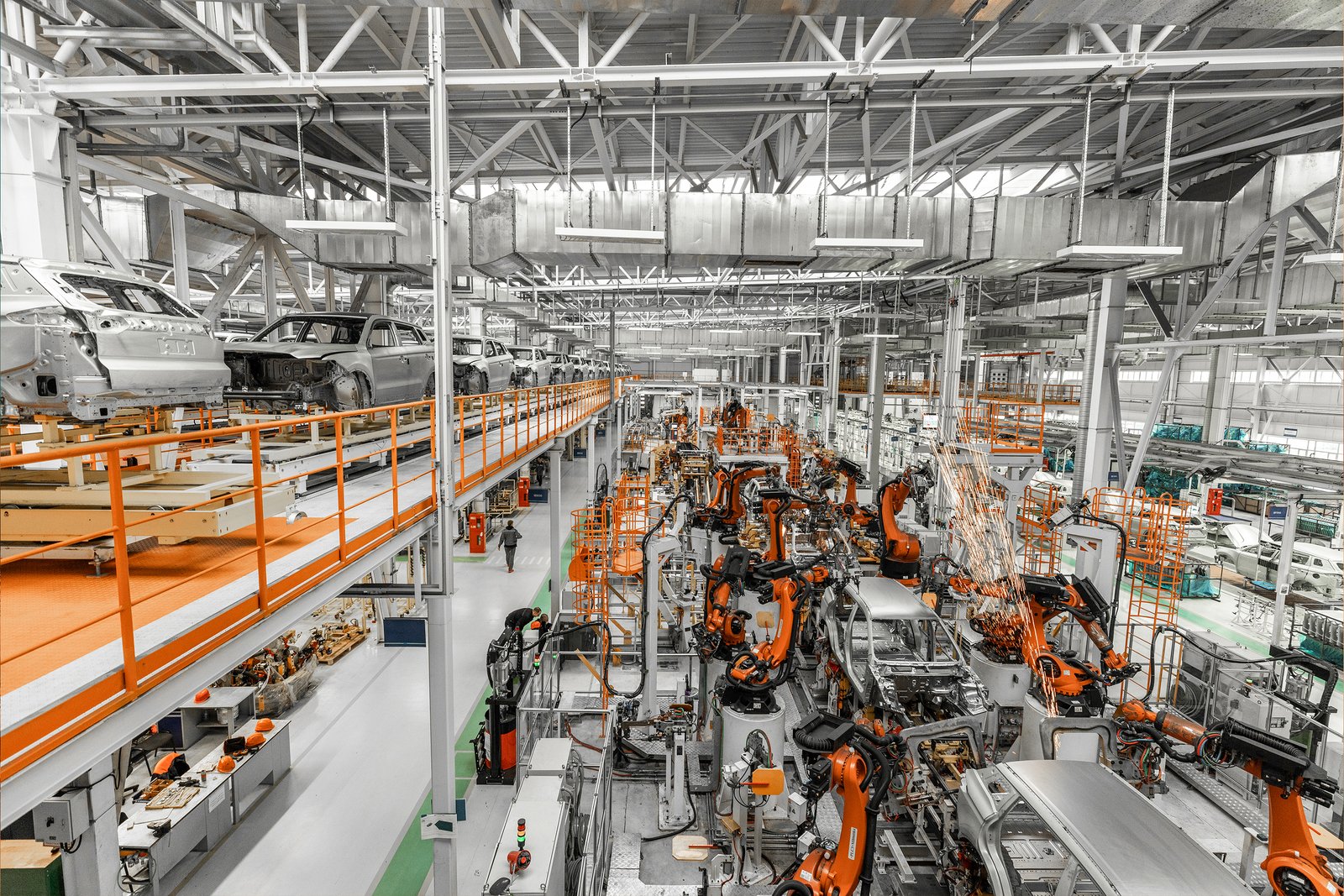The Future of Transportation: Breakthrough Innovations in the Automotive Industry

The transportation sector is currently undergoing a major change, driven with advanced technology and a stronger focus on sustainability. The increasing demands for mobility will force the automotive industry innovations to evolve with innovations that offer transformative inventions. Electric vehicles and autonomous systems are leading the way in great advancements in technologies that shape the future of transportation into a smarter, cleaner, and connected future.
In particular, the automotive industry in Germany has emerged as a global leader in innovation, setting benchmarks for engineering excellence and sustainable practices. Known for its precision, quality, and commitment to R&D, German automotive industry plays a crucial role in influencing global trends and advancing the automotive innovation impact factor across continents.
Innovations Driving the Automotive Industry in Germany
1. Electric and Hybrid Vehicle Technologies
Electric vehicles (EVs) are leading the charge in the ongoing automotive industry innovations - a sustainable alternative to traditional combustion engines. Automotive manufacturers are pouring massive investment capital into developing EV platforms, battery optimisation, and enhanced fast-charging infrastructure.
2. Autonomous Driving Systems
The vision of AI-powered self-driving technology has arrived. From lane keeping assistance to full autonomous navigation, organizations are implementing Level 3 and 4 autonomy in their vehicles, improving safety and convenience.
3. Vehicle-to-Everything (V2X) Connectivity
Connected vehicles are changing the way we navigate and access mobility. With new V2X technology, vehicles, infrastructure, and pedestrians can communicate and begin to prevent dangerous situations to prevent accidents and better monitor transport.
4. Advanced Materials and Lightweight Design
Advancements in materials science are leading to lighter and stronger vehicle components for improved fuel efficiency and reduced carbon emissions, all without sacrificing safety or performance.
Germany’s Role in Driving Automotive Innovation
1. Leadership in Engineering and R&D
The automotive industry in Germany is recognized globally for its unmatched engineering standards and innovation-driven culture. Home to brands like Volkswagen, Audi, and Mercedes-Benz, the country invests billions in R&D, pushing boundaries in design and technology.
2. Government Support and Innovation Hubs
Germany’s government actively supports automotive industry innovations through funding programs, tax incentives, and dedicated mobility research zones. Hubs like Stuttgart and Wolfsburg are key centers for testing and deploying next-generation technologies.
Impact of Innovation on Transportation’s Future
1. Sustainability and Green Mobility
Breakthroughs in electric mobility and hydrogen fuel cells are vital in reducing emissions and achieving net-zero targets globally. These innovations contribute directly to the automotive innovation impact factor by redefining sustainability metrics in the sector.
2. Safety and Predictive Maintenance
With the integration of AI and IoT, modern vehicles are capable of diagnosing issues in real-time and preventing accidents through predictive alerts, creating safer roads for everyone.
3. Urban Mobility and Smart Cities
Innovation extends beyond vehicles to influence entire urban mobility systems. Germany, for example, is integrating automotive industry innovations with smart city infrastructure to create seamless and efficient transportation networks.
Conclusion
The future of transportation is undeniably being influenced by innovations from the automotive industry. From environmentally friendly electric concepts to totally autonomous systems driven by AI, the industry is changing rapidly and with it, the impact of innovation is much greater. The automotive industry innovations in Germany is setting a global standard and are innovating relentlessly; therefore, the automotive innovation impact factor is higher than ever—the world will benefit with smarter, cleaner, and safer solutions for mobility.













 Twitter
Twitter